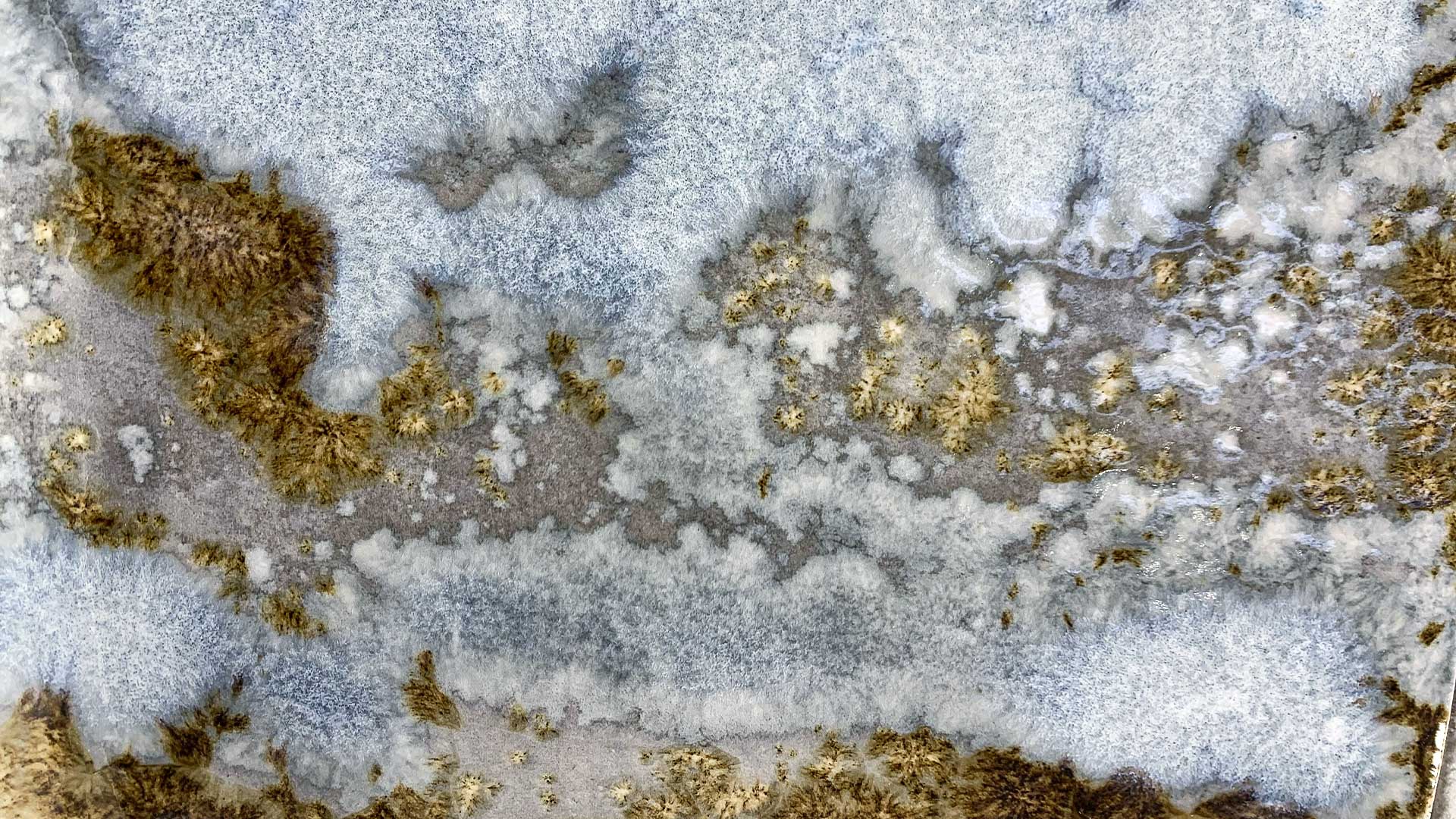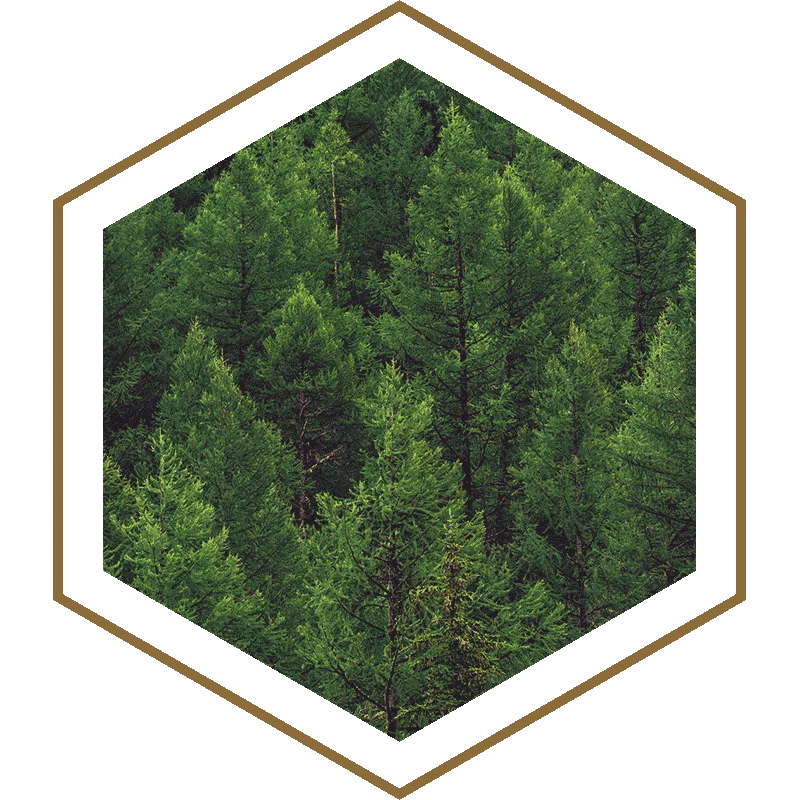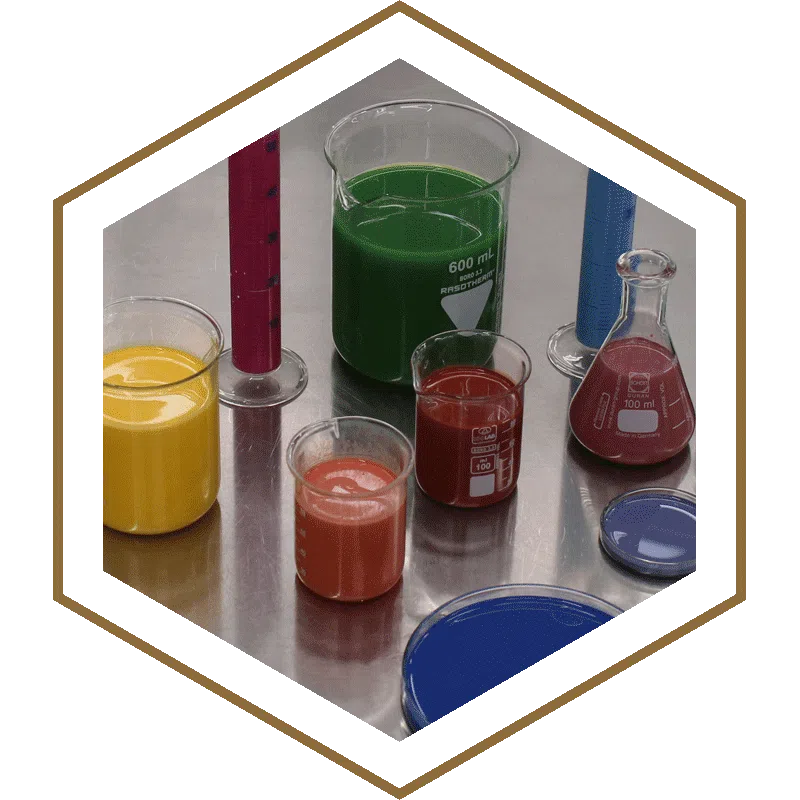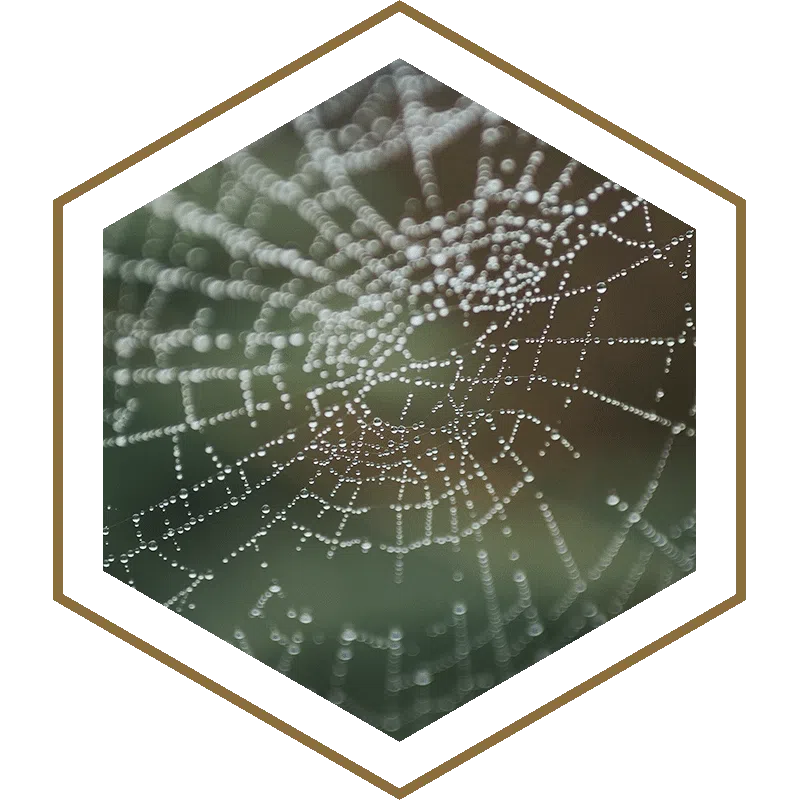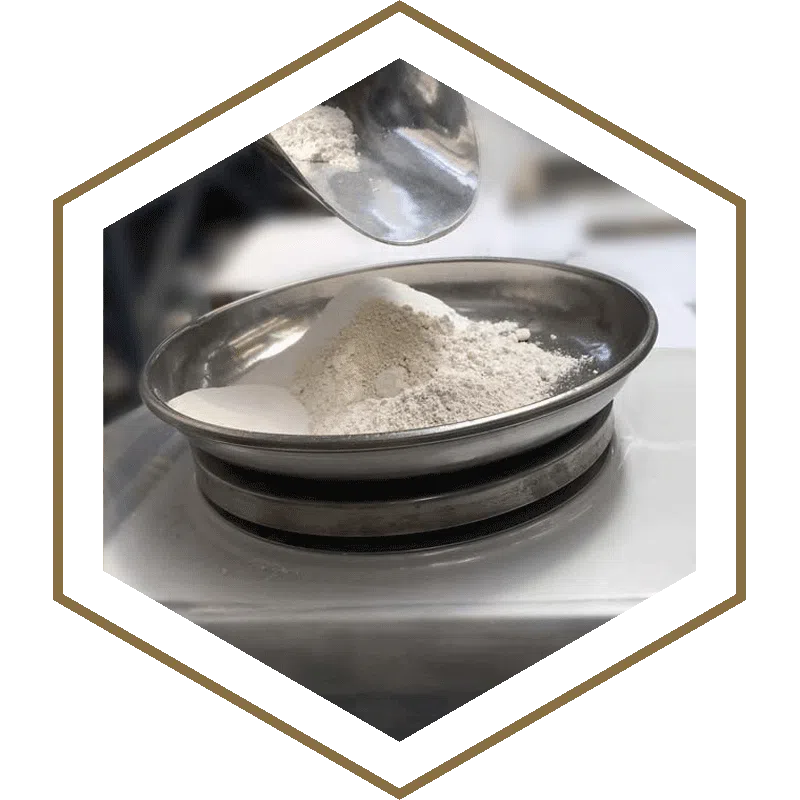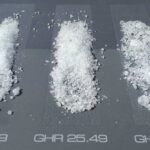Ceramic glaze or glaze for ceramic is a fusible inorganic coating that is fixed on the ceramic at high temperature (from 800 to 1250 °). It is a glass-based substance and it can be of any type of color.
The composition of ceramic glazes
The basic component of any vitreous substance is silica (the vitrifying agent).
It melts at about 1705 ° C, a temperature that is too high for a normal ceramic mixture; to lower the melting point it is therefore necessary to use a melting substance.
The silica in combination with the melting substance alone, reaching the melting temperature, however, becomes too fluid and not very viscous, and it cannot adhere correctly to the ceramic body. To overcome this problem, a third refractory component is therefore needed: the alumina.
This element is able to stabilize the silica in the molten state, increasing strength and viscosity, and allowing the glaze to remain bonded to the ceramic surface.
A ceramic glaze is therefore composed of three basic elements:
- the vitrifying agent
- the melting substance
- the stabilizer
The vitrifying agents
The main vitrifying agent is silicon (silicon oxide SiO2), easily available both pure (quartz) and impure (sands), and in combination with other elements (clays, feldspar, wollastonite, etc…).
The melting substances
The melting substances are many and of different nature.
They can be lead-based, boracic (example: frits), alkaline (sodium and potassium) or alkaline earth (example: calcium carbonate).
Among the most common (those used at stoneware temperatures) we find alkaline melts or compounds containing sodium, potassium, calcium, magnesium, lithium and barium.
Even the feldspars, sodium or potassium, act as melting substances for glazes that fire at medium and high temperatures due to the alkaline component.
The stabilizers
Among the stabilizers or refractories the main one is alumina, or aluminum oxide (Al2O3), which is present in a more or less high percentage in all clays.
The history of ceramic glazes
Ceramic glazes were already known and used more than 10.000 years ago by the civilizations of Mesopotamia and by the ancient Egyptians.
They weren’t actual glazes as we know them today. These peoples mainly used “glazing” techniques: they reproduced ceramic objects with glassy components to make the surface shiny and waterproof.
The maximum splendor and evolution of glazes can be identified with the Islamic civilization starting from the 8th century A.D.. The striking example is the mosques whose surface is covered with glazed tiles, such as the Shah Mosque in Iran (1600).
Through the Spanish Arabs these techniques were then “imported” to Europe.
In the late medieval and Renaissance period, glazes “took hold” in Italy too in some places such as the cities of Faenza and Deruta. In particular, Italy developed and became famous in the art of majolica (which can be identified as a technique for using glazes).
During the 16th century it was above all the Florentine manufacture, linked to the Medici, to produce glazes; the objects preserved in the Silver Museum in Florence are a concrete witness.
Even in painting the practice on glaze is preferred to glaze painting. In the 17th century, using glaze became a very widespread technique throughout Europe, both for cult and personal objects or for the home.
In the 18th century, glaze became an important element for the decoration of small objects, increasingly precious and sought after: watches, bracelets, etc.
Over the years it is then used with techniques increasingly similar to those we know today; we no longer speak only of glazes for decoration, but also glazes for industrial use.
Industrial glazes and glazes for decoration
There is no exact chemical formula for making glazes.
There are many variations to consider that can make a glaze more or less performing or more or less suitable for certain functions and objectives.
Today there are special software that help calculate the formulas so that the glaze has the right balance of all the components. This work is closely linked to the chemical sector and it is the result of extensive research and experimentation.
Sicer, through its Technology Lab, carries out constant research and development, including on ceramic glazes and their components. This work allows the Fiorano-based company to create new products with a high technical potential.
Within its product range, Sicer has studied different types of glazes for industrial ceramics, dedicated to both floors and walls, as well as a well-equipped catalog of products dedicated to artistic/decorative ceramics for any type of ceramic support
The formulation of industrial glazes, let’s discover something more about it
The industrial glazes category can be divided into 3 main specific families for:
- floor tiles
- slabs
- shingles
Each of this category has its own peculiarities and in particular, as regards the family of glazes for tiles, the formulation starts from the ceramic coating.
The ceramic coating can be defined as a “multilayer” assembly designed for the specific and personalized request of the customer.
Each project, as well as the consequent choice of the glaze to be made and used, involves the technological choice in use by the customer’s production plant and the “tailored” development of the proposal for the most suitable “multilayer package”.
All the products involved are “taylor made” and above all is the ceramic support that manages its development based on its chemical-physical-mechanical characteristics and relative firing.
Our “multilayer” consists of:
- engobe or glaze (more vitrified version) which hides the color of the support and prepares the substrate for subsequent applications
- glaze both opaque and transparent, glossy or matt
- digital decoration for the graphic effect
- transparent protective glaze (glossy or matt)
Specifically, the final covering glaze is not a standard product, but also in this case there are different formulas studied by the Technology Lab that meet different final needs such as:
a) protection and anti-slip (GLR anti-slip glazes)
b) protection and material effect
c) protection and surface that can be lapped
Regardless of these specific characteristics, all Sicer glazes series must guarantee:
- absence of defects,
- excellent cleanability,
- wear resistance (depending on the place of installation)
- high aesthetic effect
Each component of our “multilayer”, therefore each glaze chosen and used, must be harmonized with the substrate in question based on:
- thermo-dilatometric properties
- emissions generated during firing
- type of surface required at the oven outlet
- chromatic development of digital decoration
Non-polluting industrial ceramic glazes: the concrete answer of Sicer
The aspects that must be studied and analyzed for the production of ceramic glazes are many and very complex as they are influenced by different and changing parameters.
The team of chemical engineers of the Technology lab daily studies solutions to obtain the best result, without omitting the economic aspect of the formulation (today essential for the end customer) and the environmental protection (essential for Sicer).
All ceramic glazes developed and sold by Sicer are lead-free and made by selecting raw materials that are not harmful to the environment, an aspect that has always been central to the company that directs its research and development towards environmentally friendly solutions and products.
Sicer’s commitment to environmental protection is in fact a constant, an example is the famous patented series of digital inks and glues “LOW EMISSION” formulated with the ambitious goal of contrasting and reducing the problem of harmful emissions into the atmosphere.
Frequently asked questions
Ceramic glazes are mainly composed of frits, pigments, and additives. The frits are finely ground glass that form the basis of the glaze, while the pigments give the desired colour. Additives are used to improve the application and final properties of the coating.
Matt glazes contain components that reduce the reflectivity of the surface, such as metal oxides or matting particles. Shiny glazes, on the other hand, are formulated to achieve a bright, reflective finish, ideal for surfaces that require a glossy appearance.
Ceramic glazes can be applied through different techniques, such as screen printing, airless or digital decoration. The choice of method depends on the characteristics of the glaze and the desired effect on the ceramic surface.
The chemical composition of the glaze directly influences the final aesthetic result, determining transparency, opacity, and colour development. For example, the presence of metallic oxides can influence the colour and brightness, while the use of specific frits determines the quality of the surface and its resistance to external agents.


